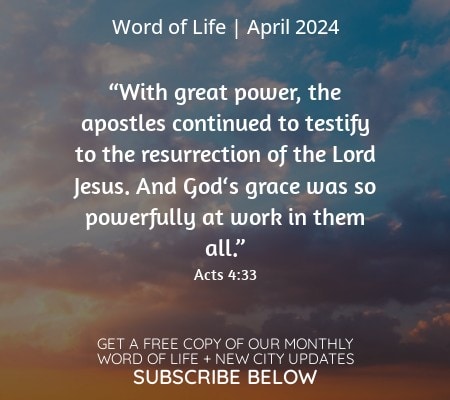Dealing with inclusive education in the Philippines makes for a timely argument, for quite a lot of reasons, such as opening up possibilities
for the marginalized to acquire appropriate skills, on how to cope with the challenges that they face on a daily basis… and more.
The “marginalized”
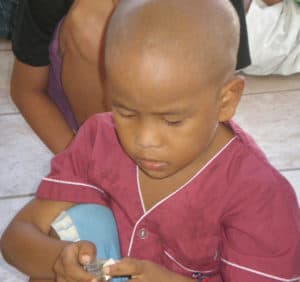 Yet before going deeper into the richness of inclusive education, first, let us consider the vast context where it is intended – those people who have been in the dark tunnel of marginalization. This is like a familiar “menu” we see at table. If we examine this term – marginalization – in the Philippine context, it can mean many things. The children living on the streets are marginalized, the handicapped person is marginalized, children working in the field and factories are marginalized, etc. But the context where they find themselves is the same, they are society’s “deprived ones.”
Yet before going deeper into the richness of inclusive education, first, let us consider the vast context where it is intended – those people who have been in the dark tunnel of marginalization. This is like a familiar “menu” we see at table. If we examine this term – marginalization – in the Philippine context, it can mean many things. The children living on the streets are marginalized, the handicapped person is marginalized, children working in the field and factories are marginalized, etc. But the context where they find themselves is the same, they are society’s “deprived ones.”
In the Philippines, a life of poverty is the common lot of all those who are “marginalized.” Endless programs are planned to reduce the degrading impact of poverty in the lives of
the marginalized, but there seems to be no way out. There is also no difference when we examine the educational sphere.
New approaches to education are being attempted to shift from the status of “exclusion” to the one of “inclusion.” In recent years, we see interventions from the Department of Education, together with other agencies of the government and movements of civil society, providing necessary action to lessen the degradation of the educational abilities of marginalized sectors. But are these efforts enough?
Like light in a dark tunnel
As in a dark tunnel, a glimmering light awaits at the end. This is also true in the history of education. Inspired individuals – and institutions – appear promptly, like sparks
of light, offering solutions to the problems plaguing their times. Here, too, in the Philippines, many experts continue to introduce well-researched programs and approaches to meet the continuing challenges faced by educators.
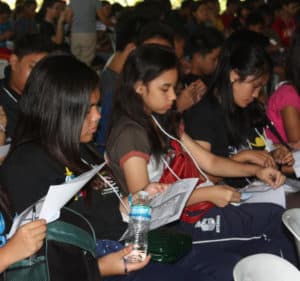
Some years back, Rex Adivoso Bernardo presented a study that can be considered a “spark of light” in the dark situation of persons with disabilities. Rather, it was a leading light in the context of the disability inclusive development in the Philippines.
The study focuses on “The State of Inclusive Education in the Philippines: Policy and Legislative Implications.” Bernardo developed an inclusive education framework and an advocacy agenda, in terms of policy and legislation, for the effective implementation and institutionalization of inclusive education in the education system. The study is based on the UNESCO Education For All (EFA) Inclusive Education Theory that identifies three broad sets of policies to help
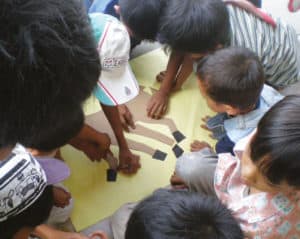
fight marginalization and to provide greater equity to the marginalized sectors of society.
These policies, according to Bernardo, can be thought of as the three points of an inclusive education triangle: access and affordability, the learning environment, and entitlements and opportunities. This highlights the need, in striving for greater equity, to take account of what actually happens to children…
Although this worthy educational framework proposed by Bernardo offers hope to a portion of society’s marginalized sectors, to persons with physical disabilities, it seemed to have “fallen short” for unknown reasons, and thus the process has not reached the mainstream educational structures. Perhaps this is also due to the set of priorities established by those in positions of authority, placing importance on other development programs to meet the needs of the greater number of marginalized sectors of society.
Is this situation prevailing only in the Philippines?
State of Inclusion in East Asia, the Pacific and the SEAMEO
According to a study, in East Asia, more than 40 per cent of people with disabilities in the region are reported to live in poverty and are denied basic entitlements available to others such as health, education and employment. It has been observed that in the area of education, even where primary and secondary education in most countries is free, enrollment rates among children with disabilities are significantly lower.
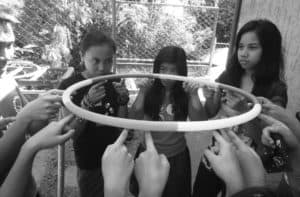 It is further highlighted in this study that in the Philippines, 20% of children with disabilities have never attended school while the rate for children without disabilities is 6%. This is due to a great extent to the inaccessibility of school facilities.
It is further highlighted in this study that in the Philippines, 20% of children with disabilities have never attended school while the rate for children without disabilities is 6%. This is due to a great extent to the inaccessibility of school facilities.
The second annual forum on Basic Education by the Southeast Asian Ministers of Education Organization (SEAMEO), provided a panorama of the common aspiration of the SEAMEO member countries in guaranteeing that disadvantaged learners, especially those with disabilities, are provided equal opportunities to access high quality education. SEAMEO member countries offered a wide-range of models and alternatives for adoption depending on the context of each country. Among others, challenges remain as to how to increase public awareness towards inclusive education, improving the quality and quantity of inclusive education teachers and personnel, and improving the living and learning environments for children with special needs.
The report posted by UNESCO in the Asia-Pacific region underlined, “Although many countries have agreed to implement inclusive education in accordance with the EFA (Education for All) framework, government legislation and policies vary widely. In addition, there is a lack of effective oversight to ensure implementation. The report stated further,… hence, it is necessary to strengthen policies and legislation for inclusive education both de jure and de facto, improve coordination between the government and schools for implementation, and increase effective monitoring and evaluation.”
A wider view of Inclusion
Qian Tang, UNESCO’s Assistant Director-General for Education, in his message found in the document released by UNESCO in 2017, “A Guide for Ensuring Inclusion and Equity in Education” reaffirms that including all learners and ensuring that each individual has an equal and personalized opportunity for educational progress is still a challenge in almost every country.
This is a fact that, notwithstanding all the efforts exerted over the past twenty years to open wide educational opportunities for all, there is still much to be achieved to lessen the barriers to learning, and according to Tang, to ensure that all learners in schools and other learning settings experience a genuine inclusive environment.
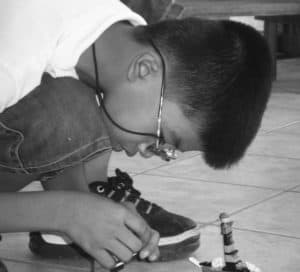 Tang opens up a wider horizon in viewing inclusive education, based on the 2030 Agenda for Sustainable Development. According to him, this calls for building and upgrading education facilities that are child-, disability-, and gender-sensitive and for providing safe, non-violent, inclusive and effective learning environments for all.
Tang opens up a wider horizon in viewing inclusive education, based on the 2030 Agenda for Sustainable Development. According to him, this calls for building and upgrading education facilities that are child-, disability-, and gender-sensitive and for providing safe, non-violent, inclusive and effective learning environments for all.
In fact, the UNESCO Convention against Discrimination in Education (1960) and other international human rights treaties prohibit any exclusion from, or limitation to, educational opportunities on the basis of socially-ascribed or perceived differences, such as by sex, ethnic/social origin, language, religion, nationality, economic condition, and ability. (https://en.unesco.org/themes/inclusion-in-education)
Conclusion
It must be underlined that implementation of inclusive education comes in a multiplicity of forms and purposes. Individual countries develop their own practices, based on their actual necessities. But what really matters is… not to lose track of the ultimate goal of Inclusive Education, that is, each child is given the access, equity and engagement to work and study together with their peers in the same classroom and be provided acceptance by all his classmates and teachers.
Romeo Pelayo Vital



